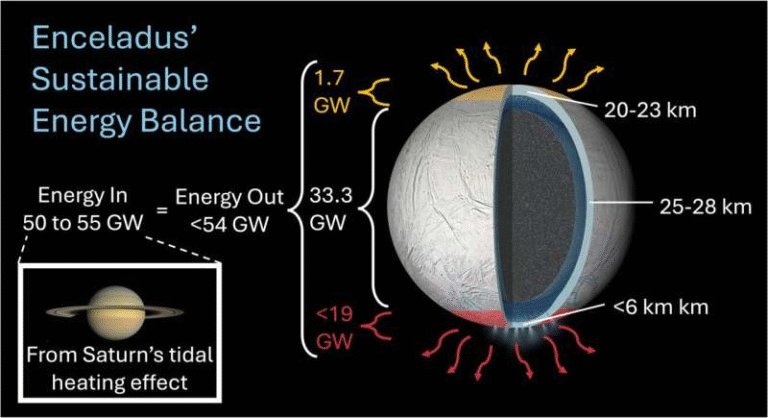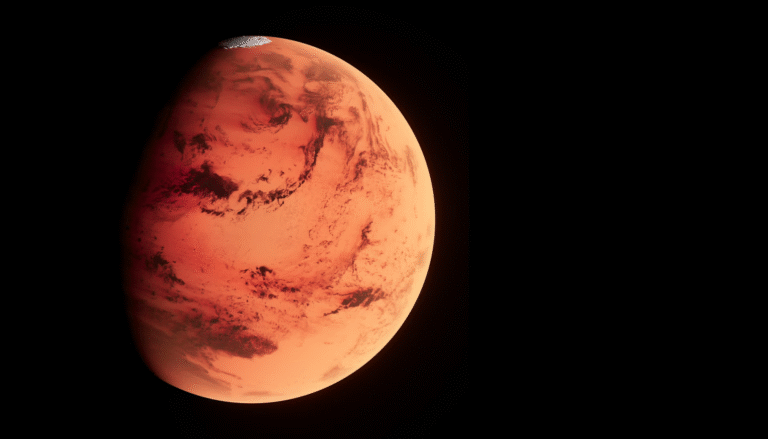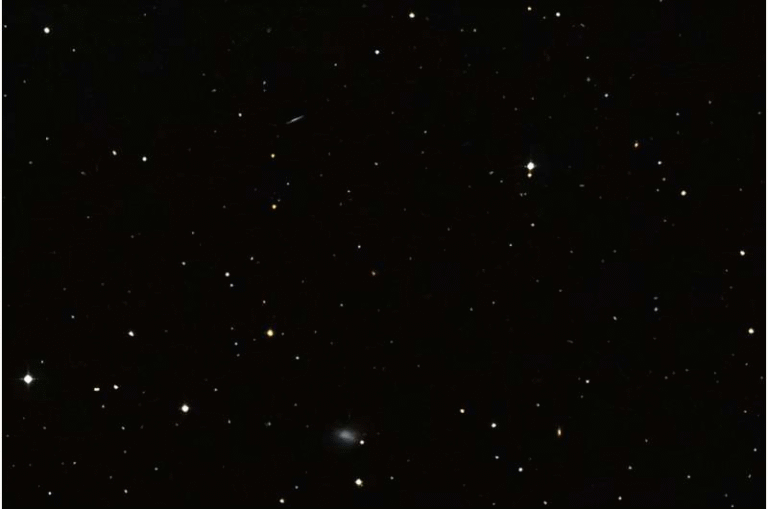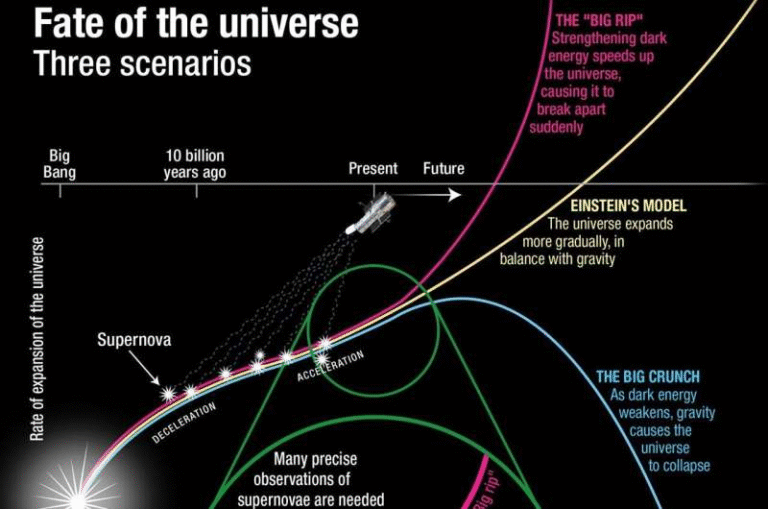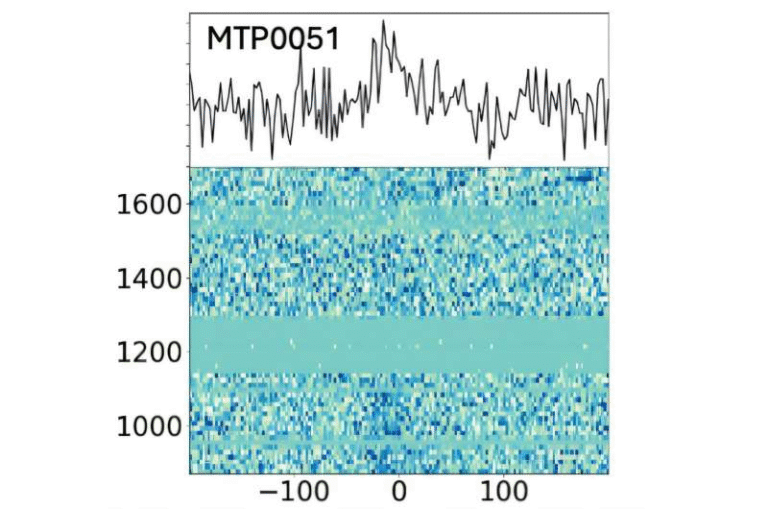First-Ever Simulations Show Neutrino Flavor Transformations in Neutron Star Mergers
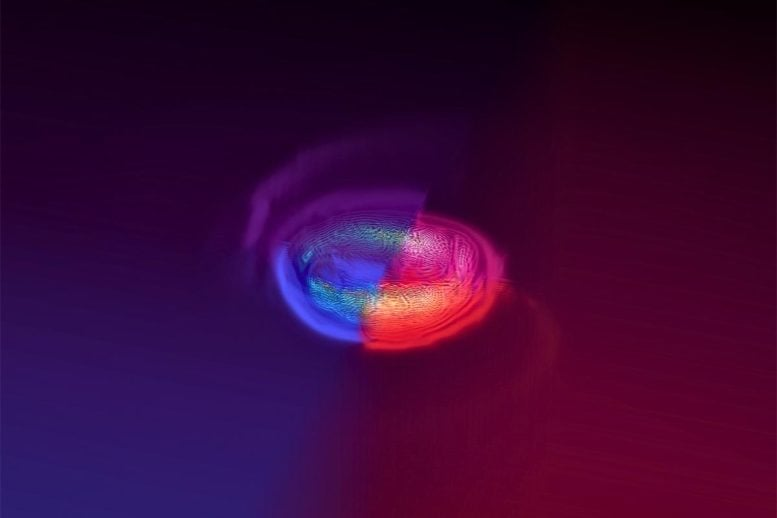
When two neutron stars collide, the universe stages one of its most energetic and dramatic events. These cosmic smashups send out gravitational waves, powerful bursts of radiation, and fling matter into space, forging the heaviest elements we know — from gold to platinum.
Scientists have been studying these collisions for years, but a major missing piece has now been addressed. For the first time, researchers have successfully simulated how neutrinos — ghostlike particles that rarely interact with matter — change their identities, or “flavors,” during these mergers. And the results could reshape our understanding of how the universe manufactures its most precious elements.
What Makes Neutrinos So Special?
Neutrinos are among the most mysterious particles in physics. They come in three flavors: electron, muon, and tau neutrinos. These names don’t describe the neutrinos themselves but rather the particles they are associated with. Normally, neutrinos slip through matter virtually unnoticed — trillions are streaming through your body right now.
But inside environments as extreme as a neutron star merger, neutrinos can do something remarkable: they switch flavors. An electron neutrino might transform into a muon neutrino, or vice versa. This process, known as neutrino oscillation, happens because neutrinos have mass (albeit tiny) and exist in quantum superpositions.
In most astrophysical models, flavor changes were either ignored or oversimplified because they occur on unimaginably small timescales — nanoseconds — and are extremely difficult to simulate in large-scale astrophysical events. But this new study shows why ignoring them might lead to incomplete or even misleading results.
Building a New Kind of Simulation
A research team from Penn State University and the University of Tennessee, Knoxville set out to build simulations that incorporate everything:
- Gravity and general relativity, needed to capture the spacetime warping caused by neutron stars.
- Hydrodynamics, to model how matter flows, collides, and explodes during the merger.
- Neutrino transport and interactions, to see how these ghost particles carry away energy and influence the merger’s chemistry.
- And most importantly, neutrino flavor transformations, a factor left out of nearly all previous simulations.
Their model focused particularly on transformations between electron neutrinos and muon neutrinos. This is crucial because electron neutrinos have the power to turn a neutron into a proton and an electron, directly affecting how many neutrons are available. Muon neutrinos, by contrast, do not trigger this kind of reaction. That means when electron neutrinos convert to muon neutrinos, the number of free neutrons in the system changes — and that shift is vital for building heavy elements.
What the Simulations Revealed
The simulations uncovered several important effects:
1. Impact on the Merger Remnant
The dense remnant left after the stars collide — whether it’s a hypermassive neutron star or a black hole surrounded by a disk of hot matter — was found to have its structure and composition altered by neutrino flavor changes. The way matter settles and cools depends heavily on the balance of neutrino flavors, which influences nuclear reactions throughout the remnant.
2. Effect on Heavy Element Production
One of the central questions in astrophysics is: Where do the universe’s heavy elements come from? This study shows that accounting for flavor transformations can boost the creation of heavy elements by up to a factor of 10. When more neutrons remain available, the rapid neutron capture process (r-process) can build heavier and rarer elements, including the gold and platinum we value so highly, and rare earth elements that power smartphones, electric vehicle batteries, and other technologies.
3. Changes in the Ejected Matter
During a neutron star collision, some matter is blown out into space at high speeds. This ejecta eventually cools and undergoes nuclear reactions that shape its composition. The team found that neutrino mixing alters both the amount and the makeup of this ejecta, changing the elements produced and the signals detectable from Earth.
4. Emissions Detectable from Earth
The researchers discovered that neutrino flavor mixing could leave fingerprints on both gravitational waves and electromagnetic emissions (like X-rays and gamma rays). With detectors such as LIGO, Virgo, and KAGRA already in operation — and the Cosmic Explorer planned for the 2030s — scientists may soon be able to test these predictions directly by comparing simulation data with real observations.
Why This Discovery Matters
Heavy elements like gold and platinum are relatively rare in the universe, and their origin has been a long-standing mystery. Supernovae, once thought to be the main factories, don’t produce enough to explain what we see. Neutron star mergers have emerged as prime candidates, but exactly how efficient they are at producing these elements is still debated.
By showing that neutrino transformations may dramatically enhance element production, this study suggests that neutron star mergers could be even more important cosmic forges than previously believed. It also highlights how sensitive the entire process is to the tiny, elusive behavior of neutrinos — particles once thought to be nearly irrelevant.
How Neutrinos Shape the Universe
To put this in perspective, here are some additional details about neutrinos and why they matter:
- Trillions per second: Every second, countless neutrinos pass through your body. They’re created in nuclear reactions, such as those in the Sun, nuclear reactors, and cosmic explosions.
- Weak interactions: Neutrinos barely interact with matter. A block of lead a light-year thick would still fail to stop most of them.
- Oscillations as proof of new physics: The discovery that neutrinos can switch flavors was one of the most exciting breakthroughs in particle physics. It proved that neutrinos have mass — something the Standard Model of physics did not predict. That means neutrinos are already evidence of physics beyond the standard framework.
- Cosmic laboratories: Extreme events like neutron star mergers let us test these properties in environments impossible to recreate on Earth.
Challenges and Open Questions
While the simulations are groundbreaking, there are still many unknowns:
- Exact physics of transformations: Scientists are not entirely sure where and when flavor conversions occur during a merger, or how strong they are. The new study shows what could happen if they occur, but the details still depend on developing theoretical models.
- Assumptions and approximations: Simulating nanosecond-scale flavor changes alongside millisecond astrophysical processes requires simplifications. The research team compared different scenarios, but more precise modeling is still needed.
- Observational tests: The biggest question is whether these predicted effects can be confirmed. Future gravitational wave detectors and telescopes may be able to spot the differences, but for now, the results remain theoretical.
Neutron Stars and Mergers: A Quick Refresher
For readers who want more context, here’s a summary of neutron stars and what makes their mergers so unique:
- Neutron stars are the ultra-dense cores left behind after massive stars explode as supernovae. They pack more mass than the Sun into a sphere only about 20 kilometers wide.
- Binary neutron star systems are pairs of these objects locked in orbit. Over millions of years, they spiral closer together, eventually colliding.
- The merger event unleashes gravitational waves, creates luminous explosions called kilonovae, and ejects material that undergoes the r-process to form new elements.
- The first observed neutron star merger, GW170817 in 2017, confirmed many of these predictions and gave us our first direct evidence of where heavy elements are born.
What Comes Next
Now that a framework for including neutrino flavor transformations has been built, the path forward is clear. Other research groups can refine the models, explore different assumptions, and test how flavor changes interact with other processes like magnetic fields and turbulence.
This work also emphasizes the multi-messenger astronomy era we’re living in. To fully understand cosmic events, scientists combine signals from gravitational waves, electromagnetic radiation, and neutrinos. With every advance in detectors and simulations, we get closer to unraveling how the universe operates on its most extreme frontiers.
Final Thoughts
Neutron star mergers are not just spectacular cosmic fireworks. They are laboratories of extreme physics, testing the limits of our understanding. This study shows that even the faintest and most elusive particles — neutrinos — can change the outcome of these titanic events. By reshaping how we model mergers, neutrino flavor transformations could help explain some of the biggest puzzles in astrophysics, including the cosmic origin of gold, platinum, and other rare elements that make our modern technology possible.
Research Reference:
Neutrino Flavor Transformation in Neutron Star Mergers – Physical Review Letters (August 26, 2025)
